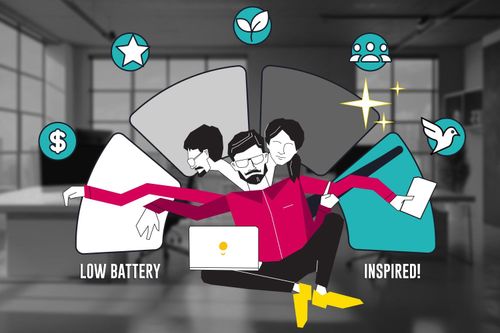
As a manager, you probably want to keep your app development in-house, under your full control and oversight. Yet sometimes constraints and unique circumstances demand to take some of the work be taken elsewhere.
Sometimes you don't have enough manpower, sometimes you don't have enough resources... Still, you don't want to compromise the quality or the outcome. What can you do?
Is outsourcing a good option for you?
Outsourcing a mobile app can be great because it takes some of the headache away: just find a reliable supplier, ask them to commit to your timeline and results, and wait patiently. But outsourcing also means giving up control and trusting the judgment of other managers.
If you want to stay in control, you might consider another format: outstaffing, meaning finding an external team that will work for you and report to you. Just like hiring, but without the HR headache.
But it’s not only about control or saving a buck. Outstaffing usually gives you more flexibility. You can mix the teams and scale up or down. You can give away control over less important parts of the process, and keep others.
What parts of mobile app development should you outsource/outstaff?
Most app development processes include these six main stages:
- UX/UI and prototyping,
- development of MVP,
- QA, support and maintenance,
- ASO, and marketing.
Many of our B2B clients like to start by outstaffing design and prototyping. For them, functionality comes first and should be kept in-house until full trust is established between us and them.
B2C clients, on the other hand, put more emphasis on the visual elements and experience and keep those under their wings.
The next most suitable outstaffing category, both for B2C and B2B, is QA. QA is pretty straightforward and there’s an advantage to outsiders who come without bias or predisposition. They can spot problems that your in-house team might miss, simply because they’re too close to the project.
What about other categories? Counterintuitively, I suggest not focusing on objective criteria, but on subjective ones: ask yourself in what fields you are ready to share responsibility with others. Prioritize them and just start with the first one on the list. Once you face the demon, it's not as frightening as it seems.
One more thing to consider
While some managers like to hand-pick each outstaffing employee and focus on individual performance, experienced outstaffers know that there are other priorities.
My recommendation is to hire an organic team. One with established working practices, mutual responsibility, and an ability to start delivering results from day one.
After all, results are all that matter.
Looking to hire a committed dev team? Give us a ping to see what organic teams are available today.
Like the way we think? Follow us for more original content




















